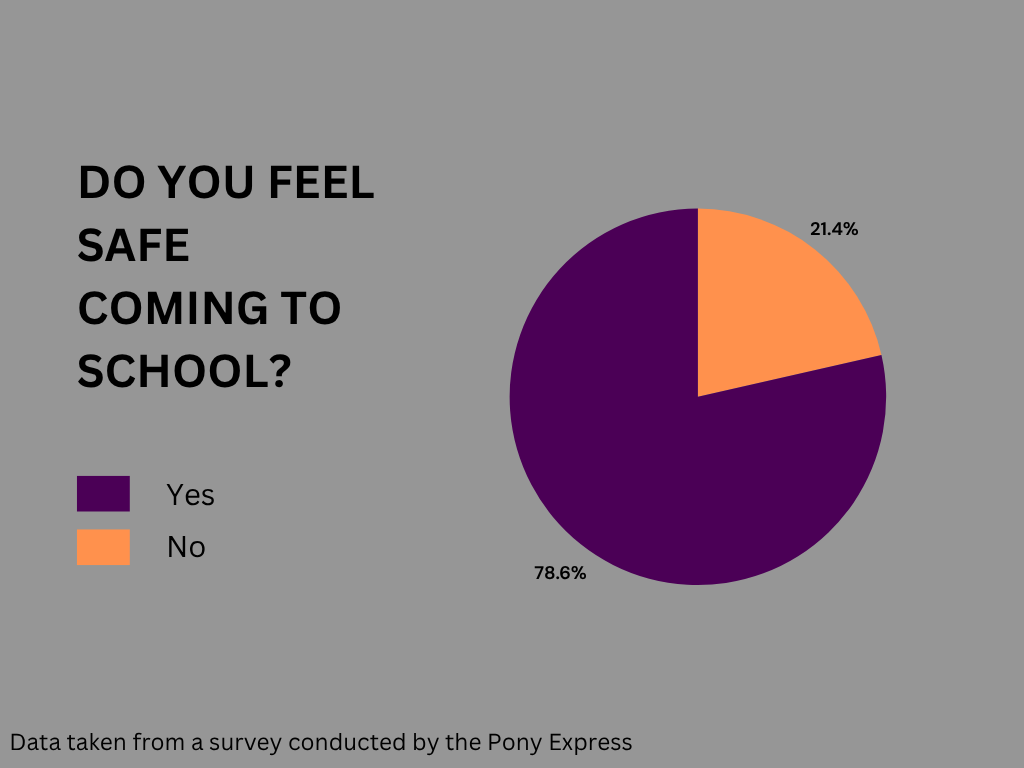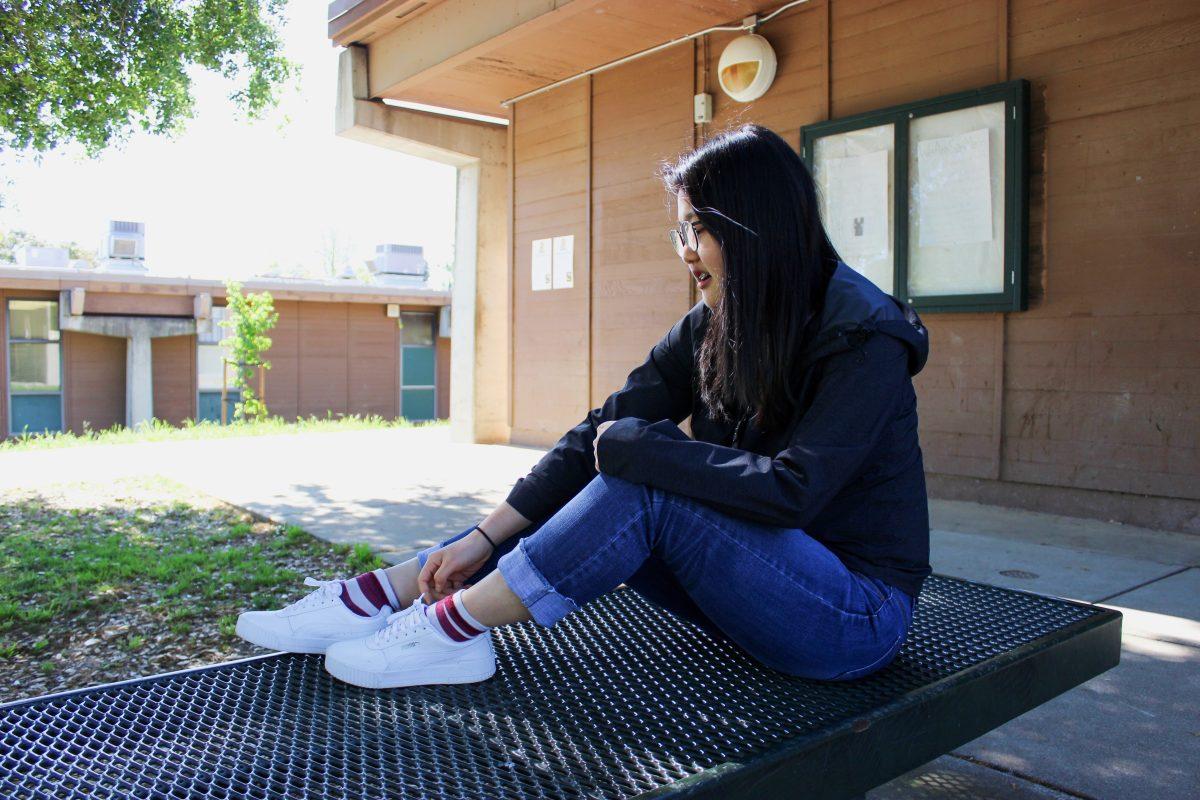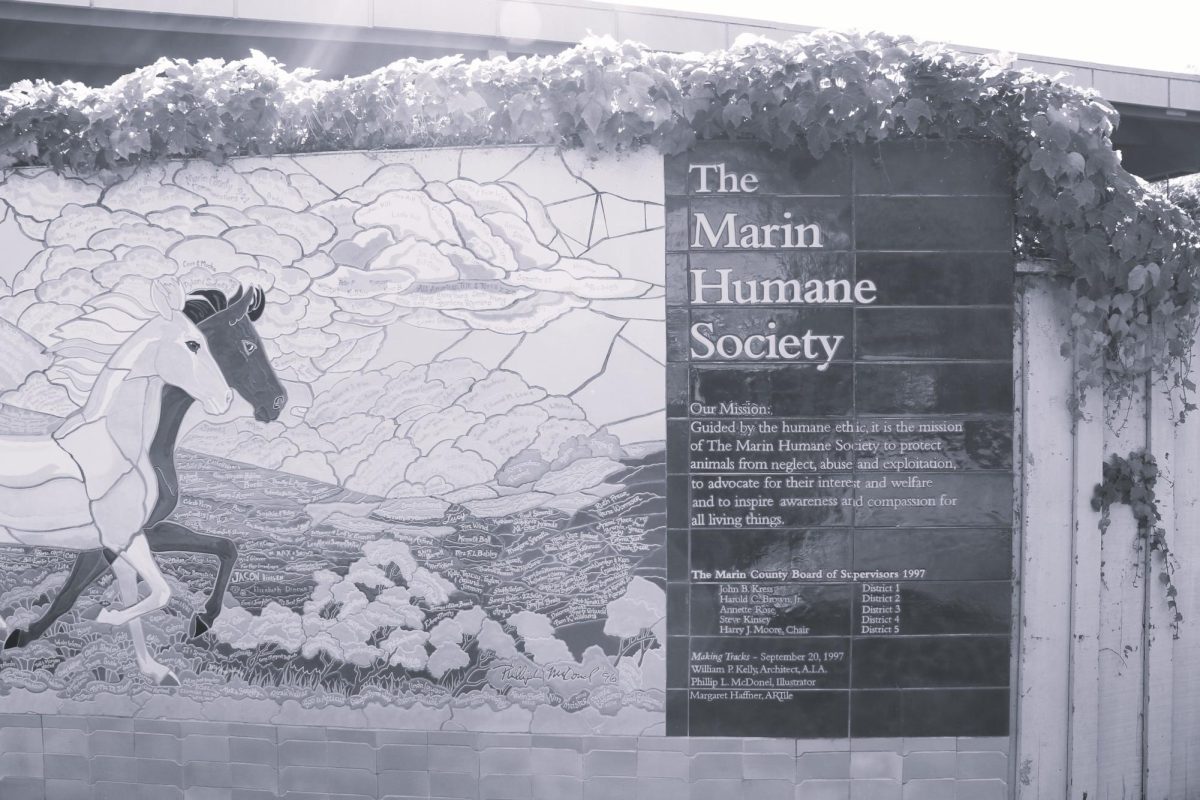In the past decade, the prevalence of artificial intelligence (AI) has been rapidly increasing, and the technology behind it has become much more advanced. AI’s benefits range from helping doctors make faster diagnoses to helping students learn to automate repetitive tasks such as filtering emails. As each day goes by, companies move towards developing new, more powerful models of AI. However, the global climate crisis has also been worsening, and the usage of generative AI is increasingly becoming a contributor to that issue. Many teachers and students have observed the increased usage of generative AI in their everyday lives. Science teacher Nick Williams has implemented AI into his grading system and has seen an increase in student usage.
“Now I would say AI is used by most students in some form,” Williams said.
AI can significantly increase energy consumption compared to regular internet usage. According to the Electric Power Research Institute, generating a single ChatGPT query can use up to 10 times the energy compared to a normal internet search. However, this isn’t the only instance in which AI consumes energy. When AI models are being trained, they cycle through massive amounts of data using data centers.
Data centers are physical facilities that house large groups of powerful computers that are used to remotely process data. Big tech companies such as Google rely on data centers to store and process data. According to the International Energy Agency, data centers accounted for more than 10% of the United State’s total energy consumption last year. Data centers are continuously running, and are also heavily reliant on fossil fuels for their energy.
Another threat posed by AI is the amount of water that it uses. Since data centers are continuously using energy, their computers tend to get very hot. To prevent the equipment from overheating, water is used as a cooling method. The amount of water used depends on each individual data center, but according to the University of Tulsa, a single center can use up to 5 million gallons per day. Using mass amounts of water contributes to droughts and water scarcity.
Many teachers, such as Physics teacher Timothy Blok, have encouraged students to use AI to further their understanding of materials and better their learning. Blok believes that students are unaware of environmental impacts of AI.
“I’m guessing they’re not aware of that. It [AI] is a very, very large electrical usage,” Blok said.
An increased usage of water and electricity doesn’t just harm the environment, it can also harm communities. The demand for energy and water is on the rise, which means that prices for both are increasing. The excessive amount of energy used also puts more of a strain on energy grids, which can cause complications such as blackouts during the hot summer months.








































